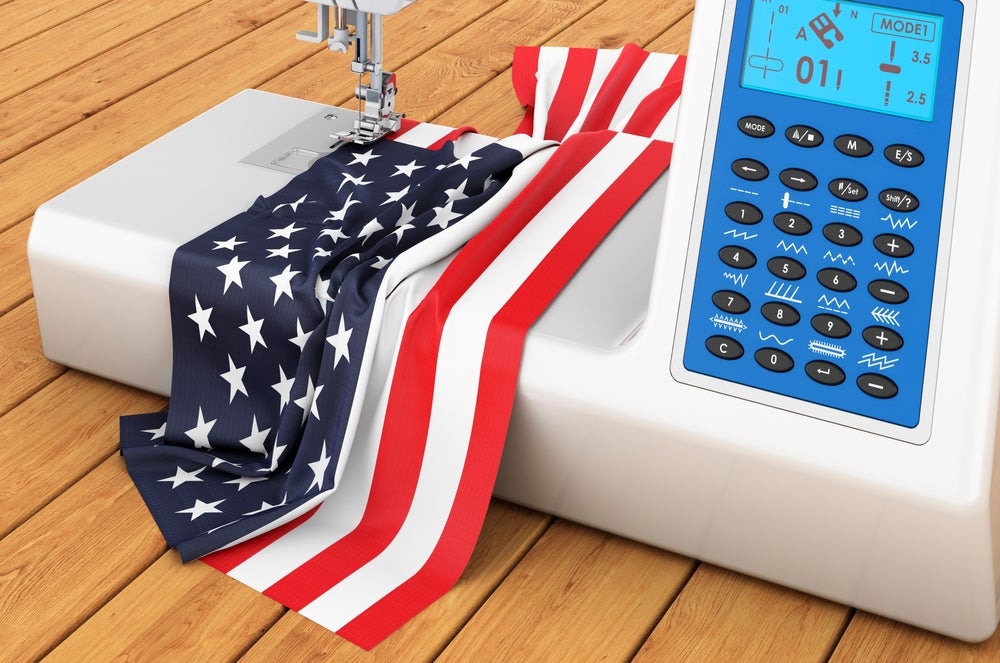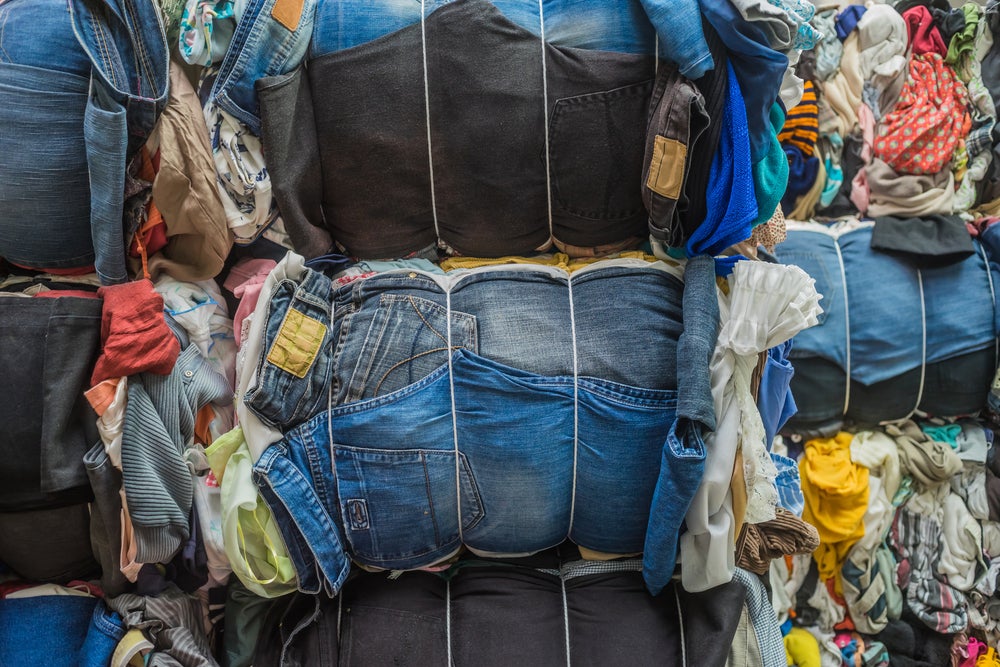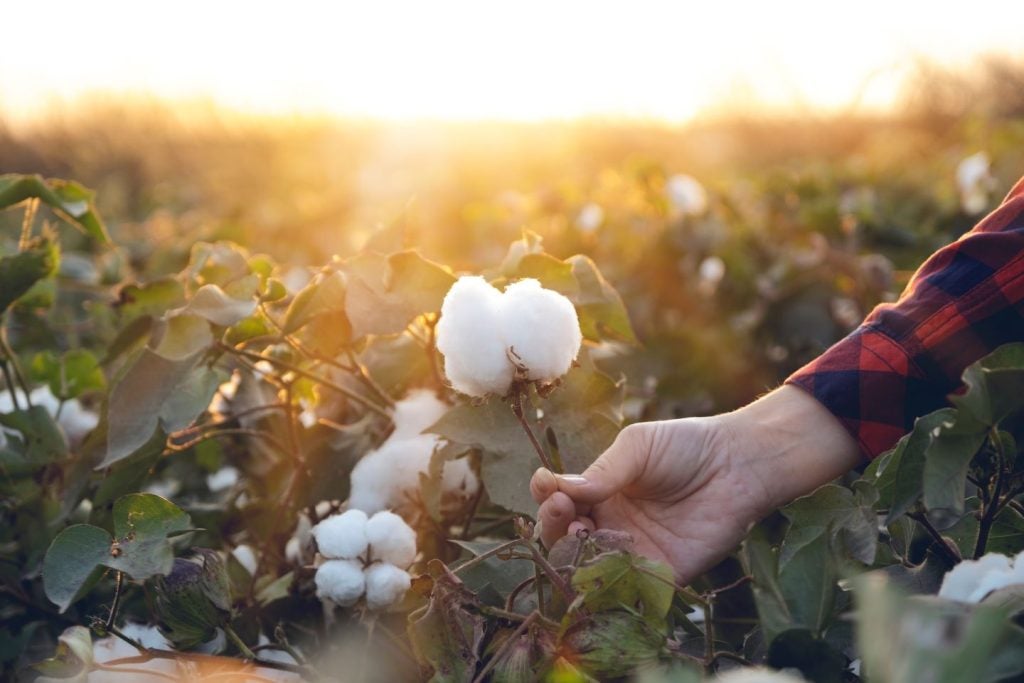Textiles and apparel “Made in the USA” have gained growing attention in recent years amid the increasing supply chain disruptions during the pandemic, the rising geopolitical tensions worldwide, and consumers’ increasing interest in sustainable apparel and faster speed to market. Statistics from the US Bureau of Economic Analysis showed that US textile and apparel production totalled nearly $28bn in 2022, a record high in the most recent five years. Meanwhile, unlike in the old days, a growing proportion of textiles and apparel “Made in the USA” are sold overseas today. For example, according to the Office of Textiles and Apparel (OTEXA) under the US Department of Commerce, US textiles and apparel exports exceeded $24.8bn in 2022, up nearly 12% from ten years ago.
Despite the solid production and export performance, US textiles and apparel manufacturers do not seem “visible” enough. Most studies on textiles and apparel “Made in the USA” leveraged the macro industry-level data. Instead, the firm-level analysis of US textiles and apparel manufacturers’ production and export strategies remained limited.
By leveraging OTEXA’s “Made in USA Sourcing & Products Directory," this study explored US textiles and apparel manufacturers’ detailed production and export practices. Altogether, 432 manufacturers included in the directory as of 1 October 2023, were analysed. These manufacturers explicitly mentioned making one of the following products: fibre, yarn, fabric, garment, home textiles, and technical textiles.
The study’s findings offer new insights into the state of US textile and apparel manufacturers and could help fashion companies better understand domestic textiles and apparel sourcing opportunities. The results also provide valuable input for policymakers regarding supporting textiles and apparel “Made in the USA” in today’s global economy.
Understanding the US textile and apparel manufacturing base
OTEXA’s firm-level data revealed several patterns of US textile and apparel manufacturing base today.
First, US textile manufacturers exhibit a notable geographic concentration, whereas apparel manufacturers are dispersed throughout the country. Specifically, fabric and technical textile manufacturers appear to be most geographically concentrated. The top five states producing these two products accounted for over 70% of the total manufacturers in the OTEXA database. The results revealed the substantial capital investments typically required for making these products and the importance of economies of scale for manufacturers’ business success. In comparison, the top five states making apparel products accounted for about 60% of the total number of manufacturers. Unlike textiles, apparel manufacturing remains labour-intensive with relatively lower barriers to market entry. Also, the customised demand for apparel products from US consumers and their diverse geographic locations reduce the necessity for concentrated production.
On the other hand, regarding the number of textile and apparel manufacturers, California and North Carolina are the only two states that rank in the top five across all product categories, showcasing the most comprehensive textile and apparel supply chain there. Both states have a long history of textile and apparel manufacturing, such as North Carolina’s known strengths in textile fibre and yarn production and the apparel hub in Los Angeles, second only to New York City. It is interesting, however, to observe the gradual expansion of textile production in California. Meanwhile, other states focus on making specific products, such as Georgia and South Carolina for fibres and yarns and New York and New Jersey for apparel, technical textiles, and home textiles.
Second, US textile and apparel manufacturers have a high concentration of small and medium-sized enterprises (SMEs). Highly consistent with the macro statistics5, few textile and apparel manufacturers in the OTEXA database reported having more than 500 employees. Particularly, over 74% of apparel and nearly 60% of home textile manufacturers are “micro-factories” with less than 50 employees. Other studies show that, unlike their counterparts in Asia and South America, US domestic apparel and home textile manufacturers typically focus on making prototypes or serving niche markets today. However, the result also means it remains challenging for US fashion brands and retailers to place large volume sourcing orders with domestic apparel and home textile manufacturers.
In comparison, it could result from mergers and acquisitions (M&A) over the past decades, US textile mills have relatively more large-sized companies. For example, despite their capital-intensive nature, over 8% of fibre mills and 5.9% of technical textile mills reported having more than 500 employees.
Third, US textile and apparel manufacturers have limited vertical manufacturing capability. A vertically integrated manufacturer generally makes products covering various production stages, from raw materials to finished products. Results show that only one-third of US textile and apparel manufacturers in OTEXA’s database reported making more than one product type (e.g., yarn or fabric). Given the vastly different nature of textiles and apparel manufacturing, building a vertically integrated factory requires substantial capital and human resources, which could be beyond the affordability of small and medium-sized US textile and apparel manufacturers.
Meanwhile, specific types of vertically integrated production models are relatively popular among US textile and apparel manufacturers, such as:
- Apparel + home textiles (5.8%)
- Fabric + technical textiles (5.1%)
- Yarn + fabric (3.9%)
However, the lack of fabric mills (N=38 out of 432) appears to be a critical bottleneck preventing the building of a more vertically integrated US textile and apparel supply chain. Conversations with industry professionals reveal that the relatively high labour costs, stringent environmental regulations, and intense competition with cheap imports from Asia are among the key challenges facing US domestic fabric mills.
Additionally, it is not uncommon for US textile and apparel manufacturers to use imported components. Specifically, among the manufacturers in the OTEXA database, nearly 20% of apparel and fabric mills explicitly say they utilised imported components. In comparison, given the product nature, fibre and yarn manufacturers had a lower percentage using imported components (11%). Furthermore, smaller US textile and apparel manufacturers appear to be more likely to use imported components. For example, whereas 20% of manufacturers with less than 50 employees used imported input, only 10.2% of those with 50-499 employees and 7.7% with 500 or more employees did so. The results indicate the necessity of supporting SME US textile and apparel manufacturers to access textile input through mechanisms such as the Miscellaneous Tariff Bill (MTB).
Understanding export behaviours
OTEXA’s firm-level data confirmed that export is critical in supporting “Made in the USA” textiles and apparel today.
First, many US textile and apparel manufacturers have already explored overseas markets. Specifically, factories making textile products reported a higher percentage of engagement in exports, including fibre and yarn manufacturers (68.4%), fabric mills (78.9%), and technical textiles producers (69.1%). In comparison, relatively fewer US apparel and home textile producers reported selling overseas.
One critical factor contributing to the phenomenon is the nature of products. As domestic demand is limited, overseas markets, in particular, play a more crucial role in supporting the survival of US textile mills. Also, US free trade agreements (FTAs), particularly those with Western Hemisphere countries like the US-Mexico-Canada Agreement (USMCA) and Dominican Republic-Central America FTA (CAFTA-DR), have promoted US textile exports to FTA trading partners.
Second, US textile and apparel manufacturers’ export markets are relatively concentrated. Specifically, as many as 72% of apparel mills and 57% of home textiles manufacturers in the OTEXA database reported selling their products in less than two markets. These manufacturers also have a high percentage of selling to the US domestic market. Likewise, because of the reliance on the Western Hemisphere supply chain, more than half of US fibre and yarn manufacturers reported only selling in two markets or less. In comparison, reflecting the global demand for their products, US technical textile manufacturers had the most diverse markets, with nearly 40% exporting to more than ten countries.
Third, while the Western Hemisphere remains the top export market, many US textile and apparel manufacturers also export to Asia, Europe, and the rest of the world. On the one hand, due to the geographic proximity and facilitated by regional trade agreements, a high percentage of US fibre and yarn manufacturers (81.5%) and fabric mills (90.0%) reported exporting to the Western Hemisphere. Trade statistics also show that about 70% of US yarn and fabric exports consistently went to trading partners in the Western Hemisphere, making the region the single most important export market for US textile manufacturers with no close alternative.
However, OTEXA’s data also reveal that US textile and apparel manhunters have been actively exploring export markets beyond the Western Hemisphere. For example, nearly half of US textile and apparel manufacturers reported exporting to Asia, and over 60% of US technical textile manufacturers sold their products to European customers.
Additionally, over half of US textile and apparel mills engaged in exports leveraged US free trade agreements (FTAs). US textile mills, on average, reported a higher percentage of using FTAs than apparel and home textile manufacturers. As most US-led FTAs adopt the yarn-forward rules of origin, the results suggest that while such a rule may favor the export of US textile products, its effectiveness and relevance in supporting US apparel exports could be revisited.
Moreover, in line with the macro trade statistics, US textile and apparel manufacturers in the OTEXA database reported a relatively high usage of USMCA, given Mexico and Canada being the two most important export markets. In comparison, US textile and apparel manufacturers’ use of CAFTA-DR was notably lower, even for fibre and yarn manufacturers (37%) and fabric mills (33.3%).
How US textile and apparel manufacturers can improve export and production strategies
In conclusion, this study uncovered a robust and dynamic US textile and apparel manufacturing base. The results also underscore the crucial role of international trade, both import and export, in sustaining the prosperity of textiles and apparel “Made in the USA” today.
Based on the study’s findings, policymakers may consider supporting the further development of the US textile and apparel industry in several aspects:
One is to provide more targeted support to SMEs, given their lion’s share among US textile and apparel manufacturers. Compared to large-size companies, SMEs often lack sufficient resources to explore the export market and fully take advantage of free trade agreements in supporting their market expansion.
The second aspect is to strengthen US fabric production, which has turned out to be a bottleneck preventing the building of a vertically integrated domestic textile and apparel supply chain. Expanded fabric manufacturing in the United States could also support apparel “Made in the USA” and allow fashion brands and retailers to explore domestic sourcing opportunities more easily.
The third approach is to better support US textile and apparel exports beyond the Western Hemisphere. While the Western Hemisphere remains critical, it is important to recognise that for certain products of strategic importance to the future of the US textile industry, such as technical textiles, other world markets, such as Asia and the EU, could offer more significant growth opportunities. Policymakers may consider reaching new trade agreements with Asian and EU countries and assisting in lowering the trade barriers that US manufacturers face in overseas markets.
About the authors:
Kendall Ludwig and Miranda Rack are 4+1 graduate students in the Department of Fashion and Apparel Studies at the University of Delaware. Dr. Sheng Lu is an Associate Professor and Director of Graduate Studies in Fashion and Apparel Studies at the University of Delaware.
















